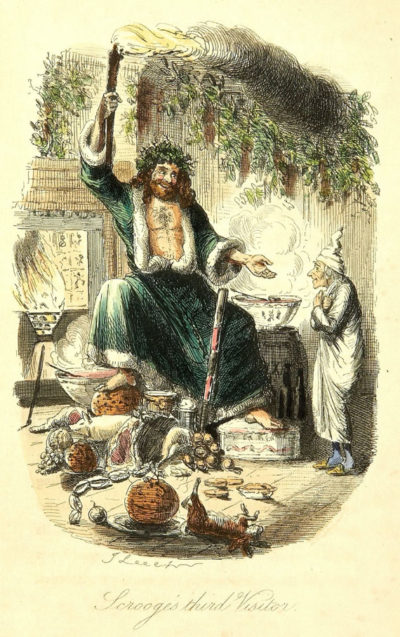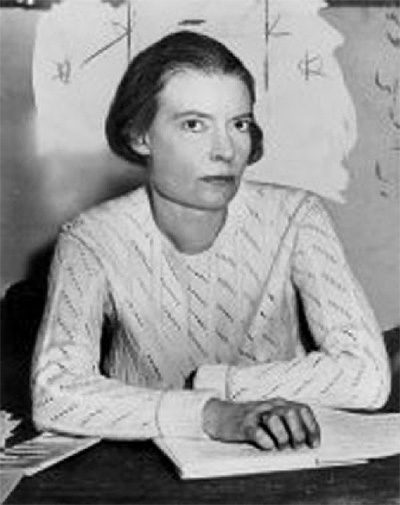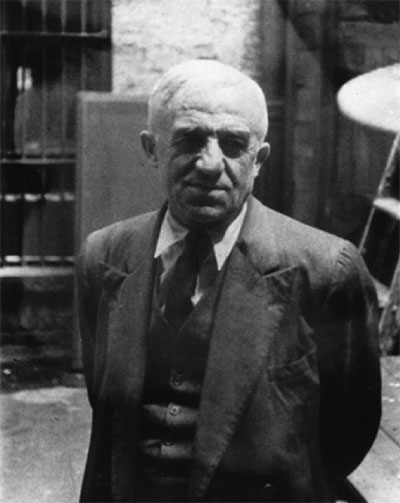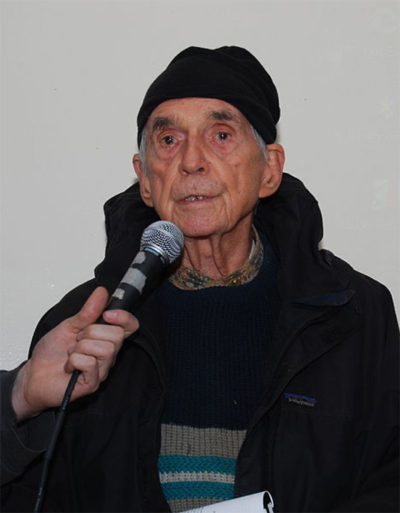Review: The Personal History of David Copperfield — Movies for the Rest of Us with Bill Newcott
The Personal History of David Copperfield
⭐ ⭐ ⭐ ⭐ ⭐
Rating: PG
Run Time: 1 hour 59 minutes
Stars: Dev Patel, Hugh Laurie, Tilda Swinton, Ben Whishaw, Morfydd Clark, Rosalind Eleazar
In theaters; streaming dates to be announced
Forget every Charles Dickens screen adaptation you’ve ever seen — Armando Ianucci’s take on David Copperfield is the funniest, freshest, most fulfilling cinematic foray into Victorian England since, maybe, ever.
You would be hard-pressed to imagine a more appealing cast — from the top-tier stars to the smallest supporting players — than in this lush, sentimental retelling of Dickens’ ultimate up-from-the-gutter story. Effervescent where previous versions are stodgy; irreverent where others are ponderously deferential to the source material, this is a Copperfield for the 21st Century: energetic, sprightly, and all-embracing.
For those who were not compelled to read Dickens’ 600-plus-page 1850 novel in elementary school, the story involves a young man who, after an appropriately dark Victorian childhood in a British workhouse, finds his way into the home of some wealthy relatives and then forges his own place in the world. Dickens infused a lot of his own life into the story (He called the title character “my favorite child”), which makes it perhaps the most engaging of his novels. It’s also his most free-form work — Dickens had no idea how some plot elements would pan out even as he was still serializing it — a quality that writer-director Ianucci (The Death of Stalin) puts to excellent use. Through clever transitions and comically mannered delivery, he finds a subliminal chipperness in the material that has eluded other filmmakers (Although George Cukor did give it a go in 1935 when he cast W.C. Fields as young David’s kind-hearted benefactor Mr. Micawber). It’s a trick Baz Luhrman tried in his version of Romeo and Juliet, but while his effort felt shoehorned into the Elizabethan universe, here the ploy fits as nicely as a gentlewoman’s high-button shoes.
As the wide-eyed, ever-optimistic title character, Dev Patel (Slumdog Millionaire) has us rooting for him from the moment he appears on screen. Even while employing an admirably diverse cast, Ianucci’s decision to cast an actor of Indian descent may seem bold. But it’s totally in line with Britain’s long history of trade with the subcontinent and the racially mixed families that settled in and around London at the time. In any case, Patel makes a perfect Copperfield, his wide-open face a palate on which he paints successive expressions of humiliation, wonder, and ultimately triumph. Tilda Swinton is adorable (yes, you read that right) as his eccentric aunt. And Hugh Laurie should be Oscar nomination-bound for his performance as David’s perpetually confused but ultimately sharp-as-a-tack uncle. As the unctuous-but-scheming Uriah Heep, Ben Whishaw is gleefully infuriating, his eyes beading menacingly from under a Dumb and Dumber haircut.
The undisputed all-time master of opening sentences, Dickens starts Copperfield’s narrative with this line: “Whether I shall turn out to be the hero of my own life, or whether that station will be held by anybody else, these pages must show.”
True to his source, Iannucci begins his movie with those same words. And as he squeezes every possible laugh from Dickens’ tale while leaving plenty of room for authentic sentiment, Iannucci becomes a hero of sorts himself, boldly throwing open new windows on a story we thought we already knew.
Featured image: Dev Patel and Hugh Laurie in the film THE PERSONAL HISTORY OF DAVID COPPERFIELD. Photo by Dean Rogers. © 2020 20th Century Studios All Rights Reserved
Considering History: Dorothy Day and the True Spirit of Christmas
This series by American studies professor Ben Railton explores the connections between America’s past and present.

Charles Dickens’ novel A Christmas Carol (1843) is one of the most enduring and popular holiday stories, but its central anti-poverty theme is too often forgotten. Ebenezer Scrooge learns a number of lessons in the course of the novel, but the most poignant and powerful are those he learns from the Cratchit family about the horrors of poverty. As the Ghost of Christmas Present puts it, after quoting Scrooge’s own despicable sentiments about “the surplus population” back at him when it comes to the question of young Tiny Tim’s survival, “It may be, that in the sight of Heaven, you are more worthless and less fit to live than millions like this poor man’s child. Oh God! to hear the Insect on the leaf pronouncing on the too much life among his hungry brothers in the dust!”
This holiday season has seen a renewal of longstanding American debates over whether and how to collectively, publicly celebrate Christmas. In many ways those debates represent a constructed distraction, an attempt to divide Americans over issues that are not in fact in dispute (we are and have always been free to celebrate whatever holidays we choose in whatever manner we’d like). But if we take to heart the lessons of Dickens’ holiday tale, we can use them during this season to celebrate an American whose life exemplifies the true spirit of Christmas: Dorothy Day.

Born in Brooklyn and raised in Oakland and Chicago, Day (1897-1980) was an avid reader with an abiding interest in both social justice and Catholicism (which she explored on her own, culminating in her December 1927 baptism). She attended the University of Illinois for two years, but left college in 1916 to move to New York and join the budding socialist movement there. She worked for radical publications including The Masses and The Liberator, took part in numerous activist campaigns including the women’s suffrage movement (with which she was arrested and tortured in November 1917 for picketing outside the White House). She also wrote an autobiographical novel, The Eleventh Virgin (1924), which chronicled her fraught early 1920s affair with a fellow activist (Lionel Moise), including her difficult choice to have an abortion when she became pregnant.
All these early experiences illustrated Day’s attempts to combine personal reflection and spirituality with communal activism and social justice. But it was in the depths of the Great Depression that Day and a fellow radical Catholic activist would create a movement that truly exemplified those pursuits. In 1932 Day met Peter Maurin, an itinerant French monk and theologian who had recently immigrated to the U.S. from Canada. In collaboration with Maurin, Day developed the idea for a Catholic social movement dedicated both to confronting poverty and inequality and giving the working class the tools to advocate for their own liberation and justice. She launched that movement with the inaugural issue of a new newspaper, The Catholic Worker, published on May Day (May 1st), 1933.

In that newspaper’s first editorial, Day wrote, “For those who think that there is no hope for the future, no recognition of their plight, The Catholic Worker is being edited. It is printed to call their attention to the fact that the Catholic church has a social program.” The newspaper, like the movement it launched, advocated for labor actions, legal protections for workers and the poor, and radical charitable efforts, such as the St. Joseph House of Hospitality, the no-questions-asked soup kitchen and shelter that Day founded at the same time as the newspaper and ran for many decades thereafter. “Our rule,” Day wrote, “is the works of mercy.”
Day edited The Catholic Worker from its first issue through her death in 1980, and over those decades published and amplified the writings of such influential thinkers and activists as Thomas Merton and Daniel Berrigan. Day’s social justice activism extended far beyond the pages of the paper, however, as illustrated by her arrests at civil disobedience protests in 1955 (for refusing to participate in mandatory Cold War civil defense drills) and 1973 (at the age of 75, while picketing alongside labor leader Cesar Chavez in California). In response to such efforts, as well as her support for the Civil Rights Movement, her anti-Vietnam War pacifism, and more, the Jesuit magazine America dedicated an entire 1972 issue to Day, noting, “By now, if one had to choose a single individual to symbolize the best in the aspiration and action of the American Catholic community during the last forty years, that one person would certainly be Dorothy Day.”

Daniel Berrigan (Thomas Good / NLN via the Creative Commons Attribution-Share Alike 4.0 International, 3.0 Unported, 2.5 Generic, 2.0 Generic and 1.0 Generic license.)
Day also consistently modeled the kinds of thoughtful, critical self-reflection that is at the heart of lifelong spiritual pursuits and personal growth (as Scrooge learns from his three Ghosts). She did so as early as that 1924 autobiographical novel The Eleventh Virgin; but it was in her full autobiography, 1952’s The Long Loneliness, that she analyzed the many stages of her evolving identity, Catholicism, and activism with particular honesty and eloquence. As she writes in the opening chapter, “Confession,” “Going to confession is hard. Writing a book is hard, because you are ‘giving yourself away.’ But if you love, you want to give yourself. You write as you are impelled to write, about man and his problems, his relation to God and his fellows. You write about yourself because in the long run all man’s problems are the same, his human needs of sustenance and love.”
Day called that book “an account of myself, a reason for the faith that is in me.” Her self and her faith were likewise in the Catholic Worker movement, in her lifelong commitment to social justice, in her consistent attention to American communities too often left out of our conversations. Those efforts, like Day’s life and career, exemplify the true spirit of American spirituality and community, a spirit well worth celebrating in this holiday season.
Featured image: Dorothy Day, 1916 (Wikimedia Commons)
Rockwell Video Minute: Rockwell and Charles Dickens
See all of the videos in our Rockwell Video Minute series.
Featured image: Norman Rockwell / SEPS